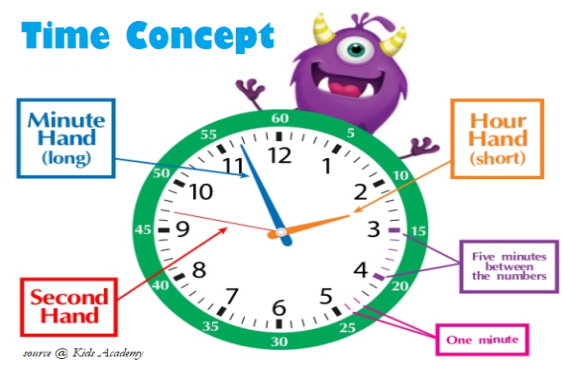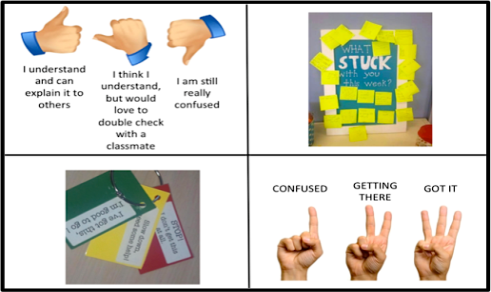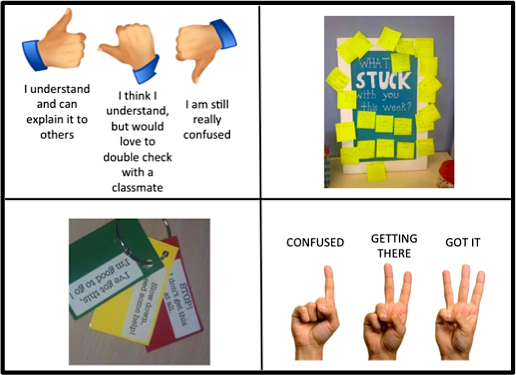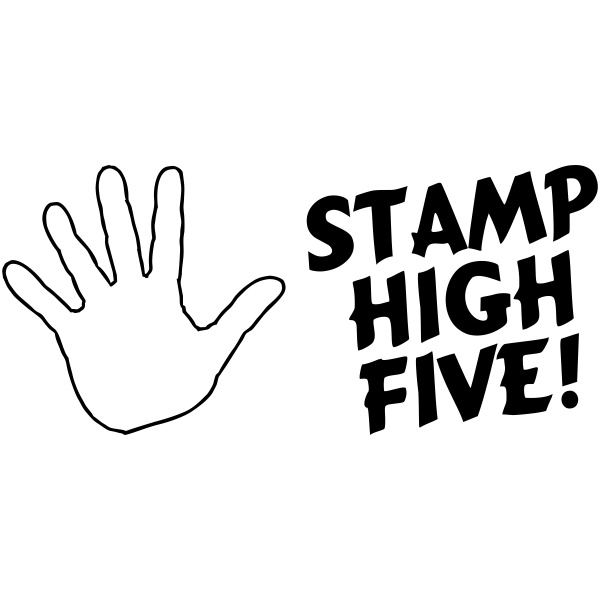Назар аударыңыз. Бұл материалды сайт қолданушысы жариялаған. Егер материал сіздің авторлық құқығыңызды бұзса, осында жазыңыз. Біз ең жылдам уақытта материалды сайттан өшіреміз
Жақын арада сайт әкімшілігі сізбен хабарласады

Бонусты жинап картаңызға (kaspi Gold, Halyk bank) шығарып аласыз
Time and numbers
Дипломдар мен сертификаттарды алып үлгеріңіз!


Материалдың толық нұсқасын
жүктеп алып көруге болады
|
Stages/ Time |
Teachers actions |
Students actions |
Assessment |
Resources |
|
Beginning 5 min |
Greeting. (Whale class, Individually) T tells the class to make groups of 2. Warm up: Revise basic numbers with the class by writing some simple sums on the board and asking students to give the answer. For example, write 13 + 4 =, 27+ 5 =, 5 x 8=, etc. Write the numbers 1,000 and 100 on the board and ask students what we call a period of 1,000 or 100 years. Ask students if they know any other words for periods of time T: What do you think about today’s theme? Setting the aim of the lesson.
|
Learners read the given sentences on the board and guess the topic and share with their ideas. Remember and recognize the main vocabulary. |
Teacher controles the process, gives feedback and asks additional questions if it’s nessasery. Teacher evaluate pupils with phrases like: “Good job! Well done!” Formative Assessment
|
Sheets of peppers Pictures of to be
https://images.app.goo.gl/KnsJS9av5yt3PNh97
|
|
Middle 30 min |
Task. I (Wh, I) (pair dicsussion) Ex: 1 P:78 Students copy the lists and complete them. In a stronger class, ask students to close their books and put the numbers in size order. Write nought on the board and see if students can remember all the numbers covered in exercise 1 up to a billion. Do the same with times, starting with a second. Differentiation with individual need: Learner will be supported by teacher and by helpers from his class.Allow them to discuss their ideas in pairs. Model and drill pronunciation of words that are new to students. |
Learners complete the list with the words in the box. Then listen and check ANSWERS 1 a century 6 a thousand 2 a year 7 a couple 3 a day 8 a half y 4 a second 9 nought 5 a billion |
T’s feedback
Descriptor: - work in pairs -complete the list Total: 2 point |
Student’s book |
|
|
Task. II (Wh, I) (Task for location) Ex: 2 P:78 Play the CD and ask students to listen and repeat. In a weaker class, you may need to play the CD twice for students to feel confident doing this. Point out that in English a point is used for decimal fractions (1.25), and a comma is used to indicate thousands (25, 000). |
Learners listen and say the numbers. ANSWERS Student’s own answer. |
Self -assessment
Descriptor: -listen and repeat -say the numbers Total: 2 point |
Worksheets Stickers |
|
|
Task. III (Task for understanding) Ex: 3 P:78 Look at the sentences and explain that in each one there is a mistake in the form of the number. Refer students back to exercise 2. Check that they understand that a number is used to express an amount and an ordinal number puts things in sequence. In a stronger class, ask students to write two or three more similar sentences with mistakes, then give these to their partner to correct. Differentiation: A less motivated student do the first two items with the class as examples. |
Learners correct the sentences using numbers and ordinals ANSWERS: 1 three 4 second 2 first 5 five 3 twelfth
|
T’s feedback
Descriptor: -correct the sentences - use numbers and ordinals Total: 2 point |
Pictures Worksheet |
|
|
Task. IV (Task for understanding) Ex: 4 P:78 Read the title of the quiz with the class and look at the photos. Explain that students are going to do a quiz about numbers in many different areas of life. Students work in pairs to do the general knowledge numbers quiz. In a stronger class, encourage students to discuss the options in English. Play the CD for students to check their answers. Pause in the relevant places to give students time to listen carefully. Find out who had the most correct answers. T asks some CCQs:
|
Learners work in pairs. Do the Numbers quiz. Then listen and check your answers. ANSWERS: 1 c – 66 2 d – 7 billion 3 b – 5,585 kilometres 4 b – 1,000,000 5 a – 1,000 6 c – six 7 c – 3 hours 8 a – 16th century 9 b – 42.195 kilometres 10 c – 45 minutes 11 a – 776 BC 12 b – 3.142 Learners answers Yes or No in CCQANSWERS - No - Yes - Yes - No |
T’s CCQs Feedback: “Thumbs up, thumbs down” After correct answer teacher shows thumbs up, if there are some mistakes thumbs down with comments Descriptor: - write sentences - use prepositions Total: 2 point Descriptor: - answers Yes or No |
|
|
|
Task. V Ex: 5 P:78 Students prepare their answers to the questions individually, then ask and answer the questions in pairs. • Ask some students to answer the questions about their partner. Correct any mistakes in their use of numbers. |
Learners work in pairs. Ask and answer the questions. ANSWERS: Student’s own answer |
Pair assessment Descriptor: - write sentences - use prepositions Total: 2 point |
|
|
End 5 min |
“Finger” method is used to find out was the lesson clear or not. 5 fingers- I understood 4 fingers -I have some questions 2 fingers-I need a help Ex: P: Home task |
Ss show their knowledge according to the lesson Ss evaluate each other and encourage classmate with phrases like: W |
Poster Success Ladder |
|






 ell done! Brilliant!
Good job! I like it!
ell done! Brilliant!
Good job! I like it!